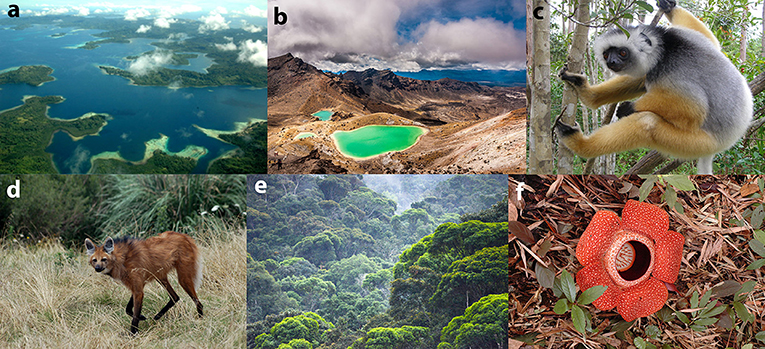Biodiversity hotspots are the important places on the earth. They are biologically rich, but at the same time, they are deeply threatened. The work must be done for the conservation of the biological hotspots. For a region to qualify as the biodiversity hotspot, it must follow two main criteria. It should have at least 1500 plants, belonging to the category of the vascular plants as endemics. Means, it should have a high concentration or the number of plants, which are not found anywhere else on the planet. In other words, the hotspot is irreplaceable. It should have at least 30% of the vegetation in its original nature.

Why do Biodiversity Hotspot Matter?
The maps of the biodiversity hotspots extraordinarily overlap with the maps of the natural places on the earth that gives the maximum benefits to the people. These hotspots are the most important and richest ecosystems in the world. Also, they are home to the many vulnerable populations, which are dependent on them for their survival.
Who lives in the Hotspots?
The concept of the biodiversity hotspot arises from the science-based framework for the identification of the high priority areas for the conservation and the protection of the habitats. At present 36 biodiversity hotspots are known which are the home for about 2 billion people, and the majority of them are belonging to the poor background. These are the remarkable regions and have the highest densities of the human population. The conservation practices for the hotspots promotes the sustainable management of the essential natural resources and diligently supports economic growth.
Biodiversity Hotspots of World
The hotspots support biodiversity, because of the geologic formations, and the endemic fauna, and flora and they also support the exceptional scientific interest. It is the most important ecosystem in the world. The hotspots of the world include the following.
- The coastal forests of Eastern Africa
- East Melanesian islands
- South Africa’s Cape floristic hotspot
- Succulent Karou
- Horn of Africa
- The Guinean forest of Western Africa
- Eastern Afro-Montane
- Madagascar, and the Indian Ocean island,
- Maputoland, Bodoland, Albany hotspot.
The biodiversity hotspots are under severe threat to climate change, habitat loss, and the extensive loss of the species. Sustainable environmental and cultural practices are important for the preservation and conservation of hotspots. The importance of the hotspots is still unbeaten, as they underpin all forms of life on the earth. Without hotspots, there would be no air, no food, and water on earth.
